As the lead historian on a Museum tour of the Eastern Front in August 2013, I visited the city of Volgograd in Russia, and walked part of the western bank of the Volga River near the city center. The Volga River is considered to be the longest river in Europe. Viewed on a map, it flows from northwest of Moscow, snaking to the east beyond that city and then curving in a rough crescent down to Volgograd, where it then flows like the handle on the Soviet sickle southeast to the Caspian sea. It is the national river of Russia, and with the Ural Mountains beyond to the east, many consider the wide waterway to be the real border where the civilizations of Europe and Asia meet. At top is a photograph of the peaceful Volga from my visit.
But in 1942, the city was known by another name: Stalingrad. Formerly known as Tsaritsyn, the city bore the name of the brutal Red Tsar, the communist dictator Joseph Stalin, and evoked the promise of a revolutionary, classless, utopian future as prophesized by Marxist-Leninist ideology.
Adolf Hitler no doubt wished to see Stalingrad destroyed on ideological grounds alone, considering that he wished to create an ideologically opposed, racially pure empire of Aryan Germans on the fertile Ukrainian breadbasket lands that stretched to the Volga. As the above photo conveys, however, the Volga was a vast transportation artery running through the heart of central Russia, emptying into the Caspian Sea to the south, with the vital oil fields of the Caucasus region beyond. Control of the Volga by an invader could mean the fatal division of the Soviet Union. As mentioned in an earlier post in this series, Hitler’s German Army reached the banks of the Volga in August 1942, some miles to the north of where this picture was taken.
Below is photograph held by our guide showing what this location of the city looked like in 1942.
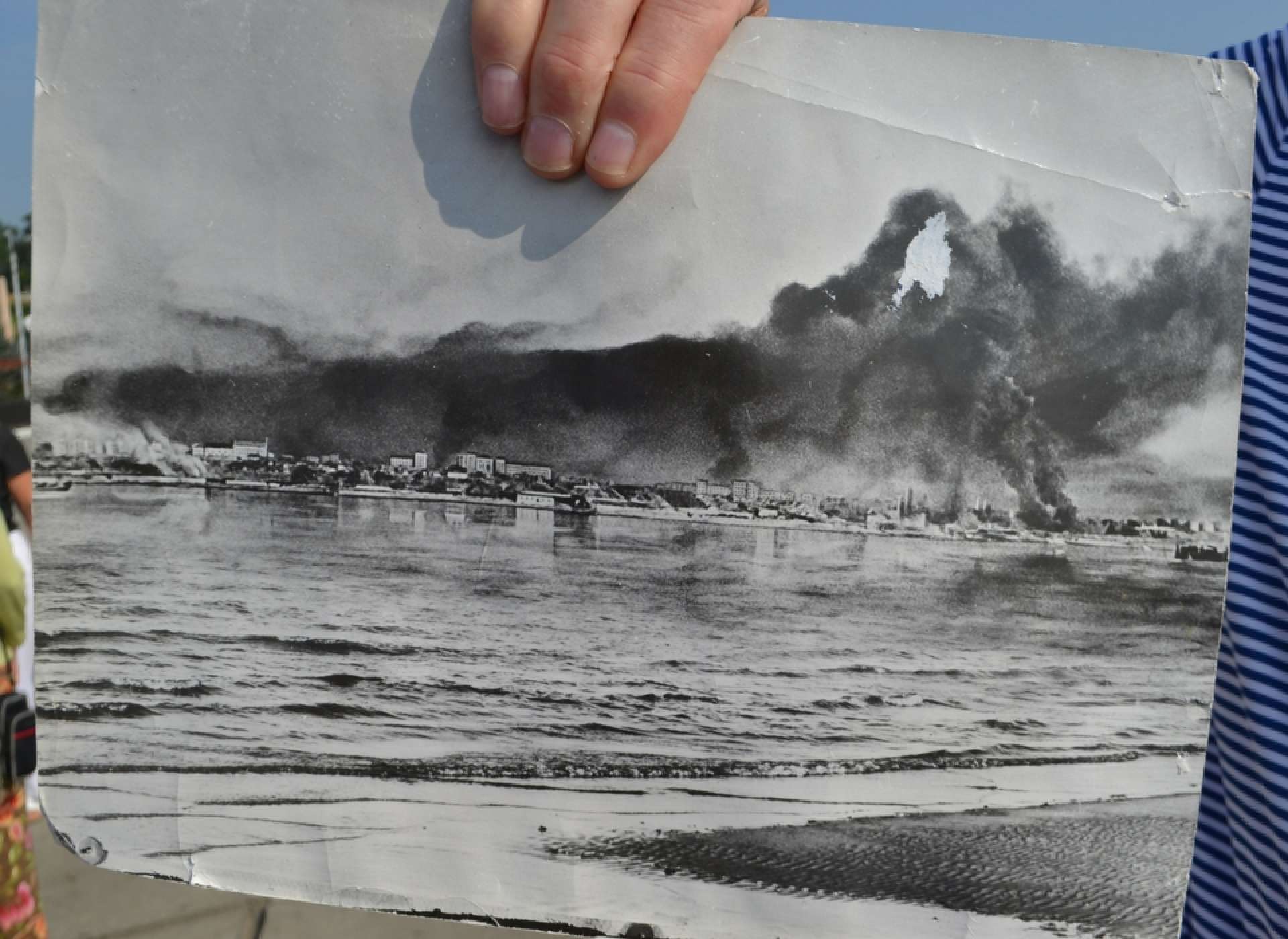
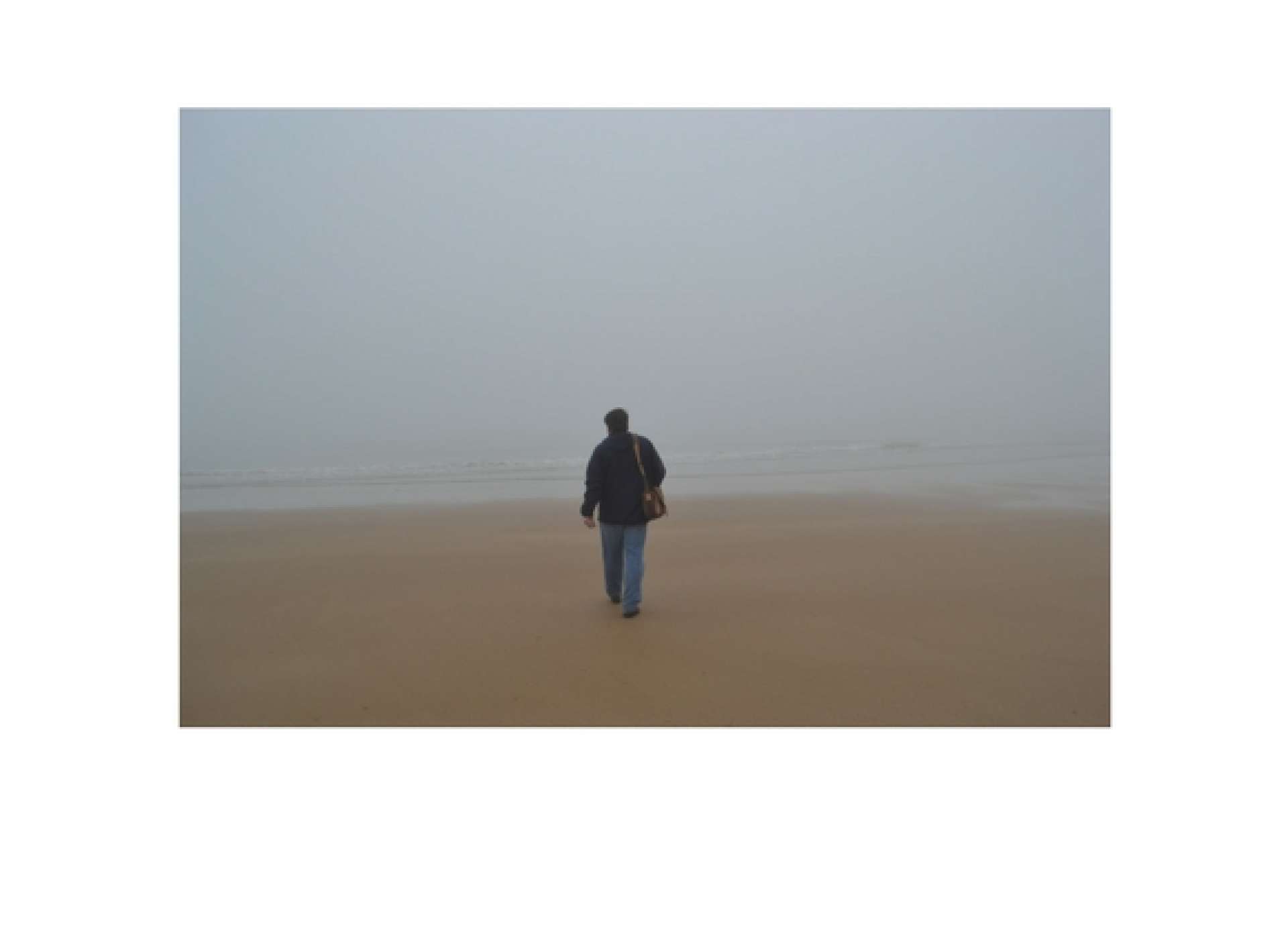
"No matter one’s age, travel is a unique and exciting educational experience. In my work, I have had the opportunity to reflect on history, events, and people in the places where they experienced life. Through the viewfinder, we can not only find history and perspective, but create memory, and evoke our evergreen past."
– Keith Huxen, PhD, Senior Director of Research and History, The National WWII Museum
Keith Huxen
Keith is the former Senior Director of Research and History in the Institute for the Study of War and Democracy at The National WWII Museum.
Cite this article:
MLA Citation:
APA Citation:
Chicago Style Citation:
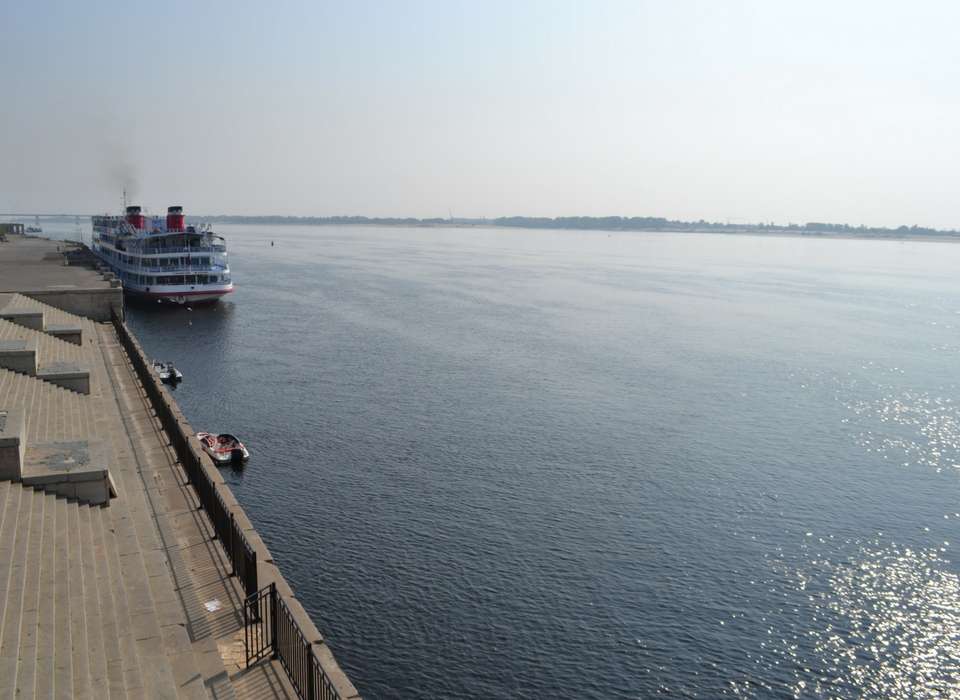

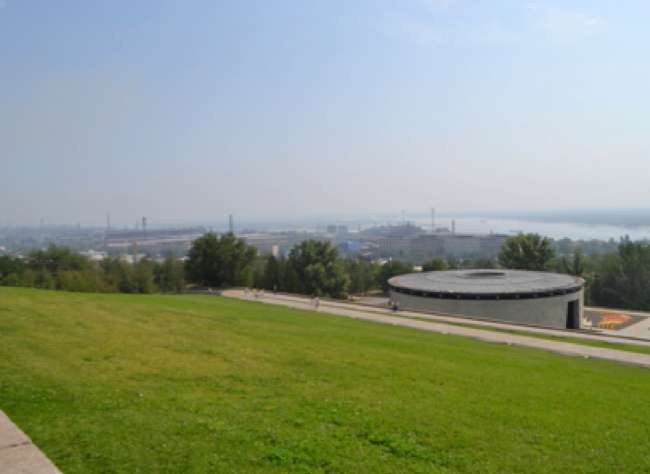
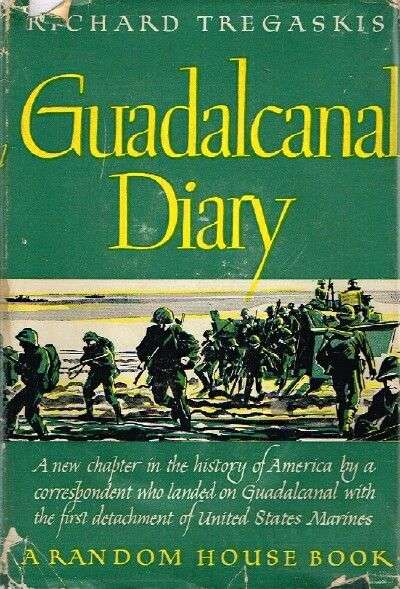




![Max Fuchs, New York City cantor, sings as Rabbi Sydney [sic] Lefkowitz, Richmond, VA, conducts the first Jewish services from Germany.](/sites/default/files/styles/max_650x650/public/2025-10/image1.jpg)



